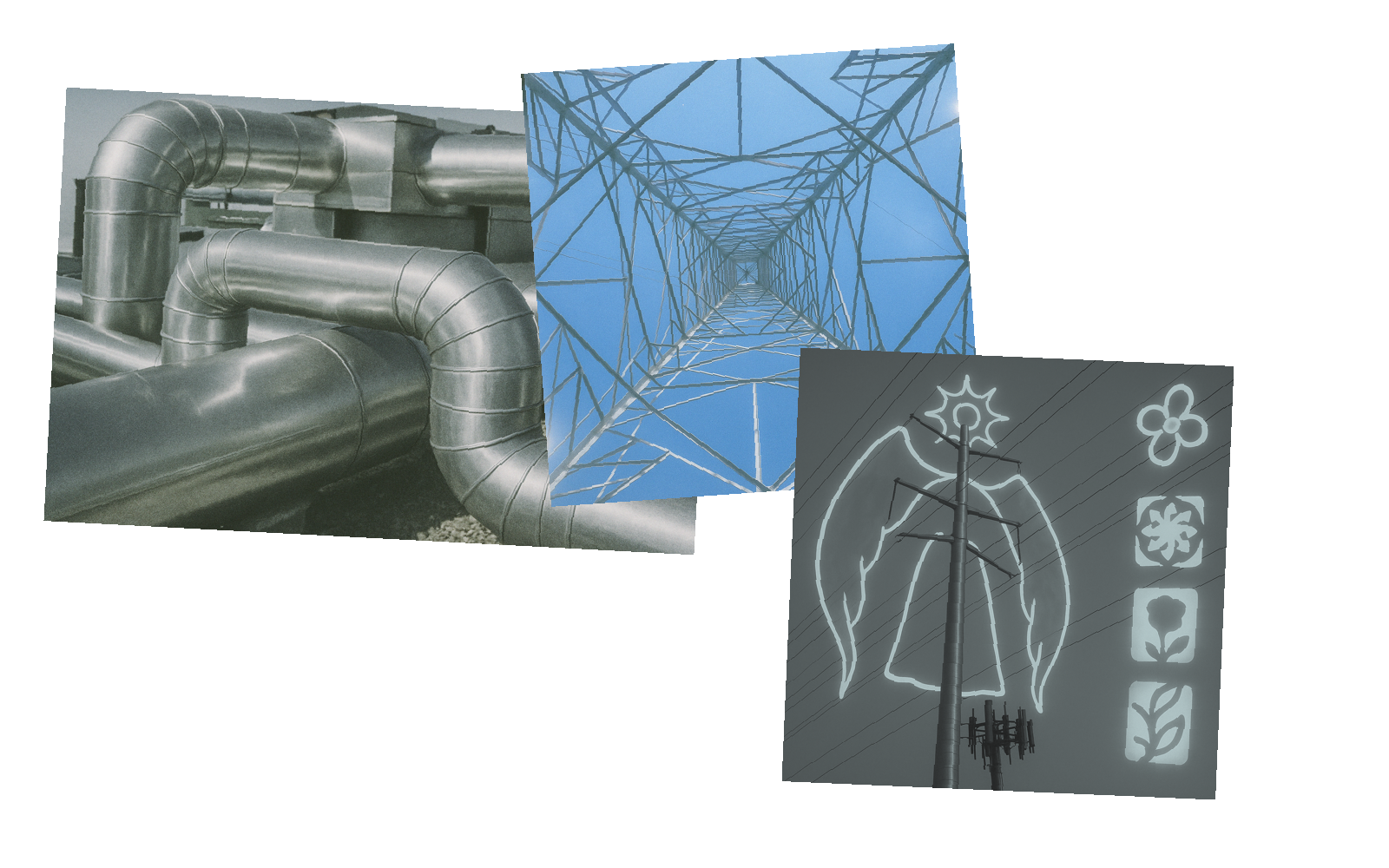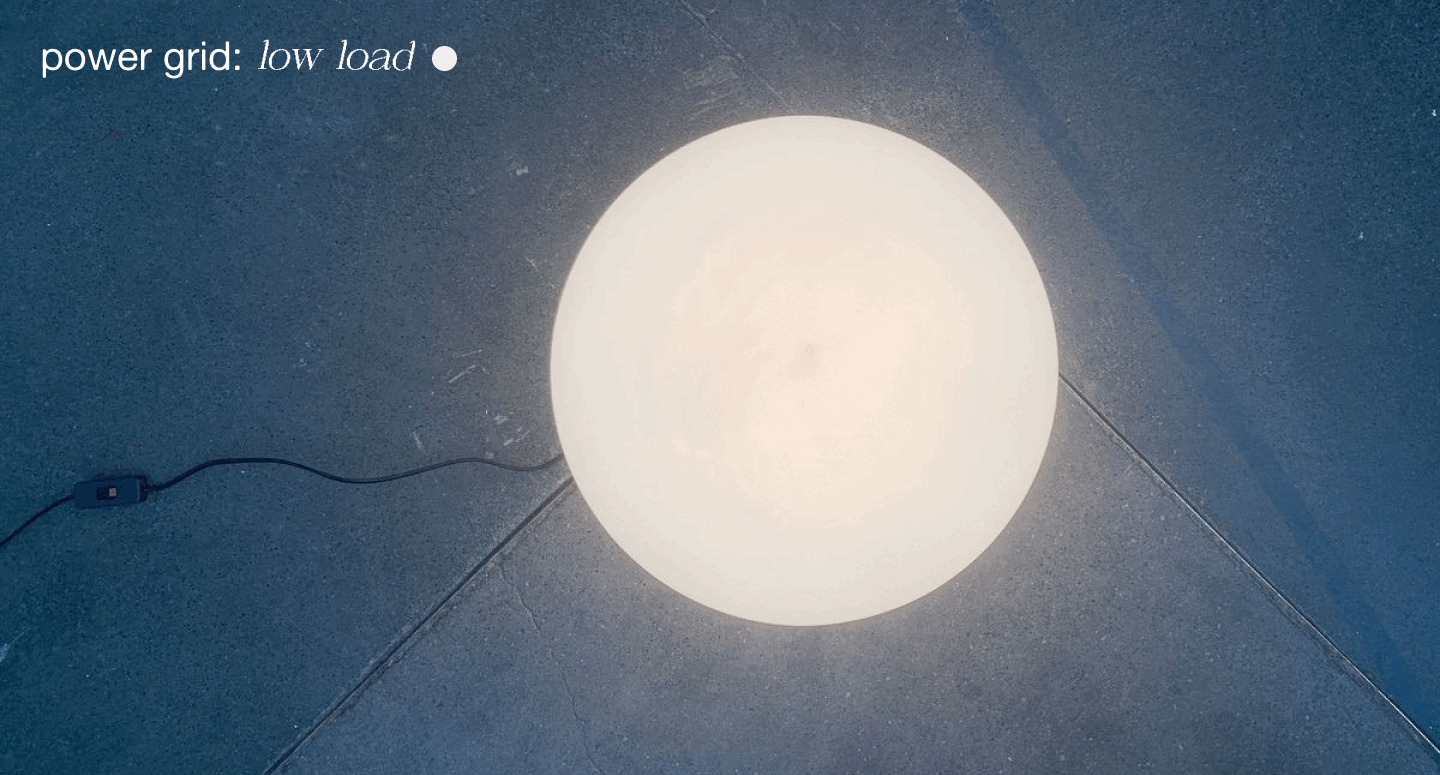Sustainable Energy
Feedback Design
This research initiative explored how user feedback on household electricity consumption could encourage flexibility and sustainability, particularly through the lens of dynamic tariffs. I led the end-to-end design process, emphasizing the importance of understanding everyday behaviors and contexts of both consumers and prosumers.
Supported by the
'Design for Energy-Efficient Everyday Life' program, the project's core ambition was to create intuitive interactions that empower users to effectively manage energy usage in alignment with tariff structures and sustainability goals.
DESIGN PROCESS
The process was rooted in user-centric methodologies, to anchor every step in real-world insights.
DEFINING PROBLEM
Collaborating closely with the research team, we drew from existing studies to frame the central challenges surrounding energy consumption, user behaviors, and barriers to efficiency. Clearly defining these challenges laid a robust foundation for further exploration.
USER INTERVIEWS
Conducted in-depth interviews with consumers and prosumers to capture detailed insights about their energy usage habits, motivations, frustrations, and needs. These qualitative findings were essential in shaping the project’s design direction.
COLLABORATIVE WORKSHOPS
Organized cross-functional workshops bringing together users and experts to co-create potential solutions. These interactive sessions fostered alignment between user needs, technical feasibility, and sustainability considerations.
IDEATION & EXPLORATION
Led ideation sessions using brainstorming and concept sketching. Ideas were continuously evaluated for their feasibility, impact, and potential contribution to energy efficiency and sustainability.
PROTOTYPING
Developed initial low-fidelity prototypes from the most promising concepts, which allowed early visualization and iteration based on stakeholder and user feedback. This phase minimized risks and refined the concepts before detailed design.
USABILITY TESTING
Conducted usability tests to ensure designs were intuitive, practical, and effectively addressed user needs. Regular testing cycles continuously informed improvements, ensuring the final solutions were robust and intuitive.
The final outcome included two tailored design concepts addressing the specific needs of consumers and prosumers, alongside a physical prototype of an interactive lamp that visually communicates energy load through variations in intensity and color.
Detailed findings and concept descriptions will be provided in the upcoming research publication.



